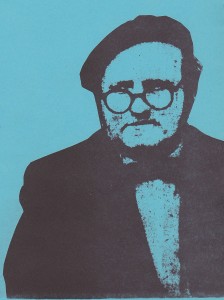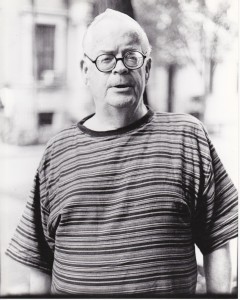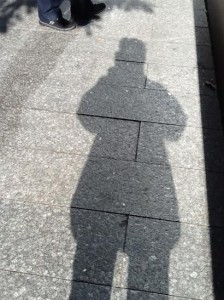On Wednesday, July 29th, 2015, I had the pleasure of spending about three hours at the East New York Clubhouse in Brooklyn. I arrived at 10:45 am and after Larry helped me sign in as a visitor, was given a thorough and friendly tour by Bernard. The clubhouse occupies the ground floor of a building located at 2697 Atlantic Avenue. We started the tour at the front door with the Reception Unit, where the sign-in desk is on one side and the Employment and Education Unit on the other. As we moved towards the back, I could see the large area that is the Food Service-Snack Unit. Passing through a doorway we entered a very nice, spacious and well-equipped large kitchen. Off the food service area is the Director’s office, and next to it is a meeting room.
The cleanliness of the clubhouse is striking. I was also impressed with the friendliness of the many members who clearly were pleased to have a visitor in the clubhouse. I particularly enjoyed my conversations with Anthony and Norma, among others. Norma contributes to the program as an ESL expert. Later I also talked with Paul about his experiences with his Transitional Employment placement at Jackrabbit Deliveries, which was written up in The NY Times last November.
Following my tour, I met with Katrina Grant (the Director), Bill Lampert (the E&E Unit leader) and Margie Staker, (another visitor on tour). We discussed the program: The clubhouse has been in existence for 20 years. They just had their Clubhouse International (CI) certification visit, for which they received provisional three-year certification, pending attention to a couple of matters.
During this discussion, I learned that about 20% of the membership is undocumented. Housing and clinical needs are a major issue, along with financial benefits. Following this meeting, we had a great lunch. The main menu was pizza, prepared by Gregor and a couple of other members and staff, Jamala. The coffee was fresh and good.
After lunch the afternoon unit meetings were held and I sat in at the E&E meeting, conducted by a member. Afternoon tasks were chosen by the some six members and two Occupational Therapy (OT) interns, and included activities such as reaching out to absent members, cleaning tasks, for which the staff (Bill) was joined by members.
Other relevant employment and education issues were discussed. At the close of the meeting one of the members asked me if I was there to become a member. When I responded that I was not good enough to become a member, she stated that I was a good person and I should not berate myself. I was very touched and said that while I was a good person, I was not good enough to become a member. She laughed and moved on.
There were some 30 members present during the time I was East New York Clubhouse, which was a strong attendance in view of the fact that it was one of the most miserably hot and humid days of the year thus far. I am looking forward to involvement in Advisory Board of this clubhouse, as it is a good program, clearly dedicated to in becoming even better.
Readership comments are most cordially welcome at the URL below or by writing to
tandcassociates@gmail.com
We at TCA maintain editorial rights over feedback, discussions and comments.



